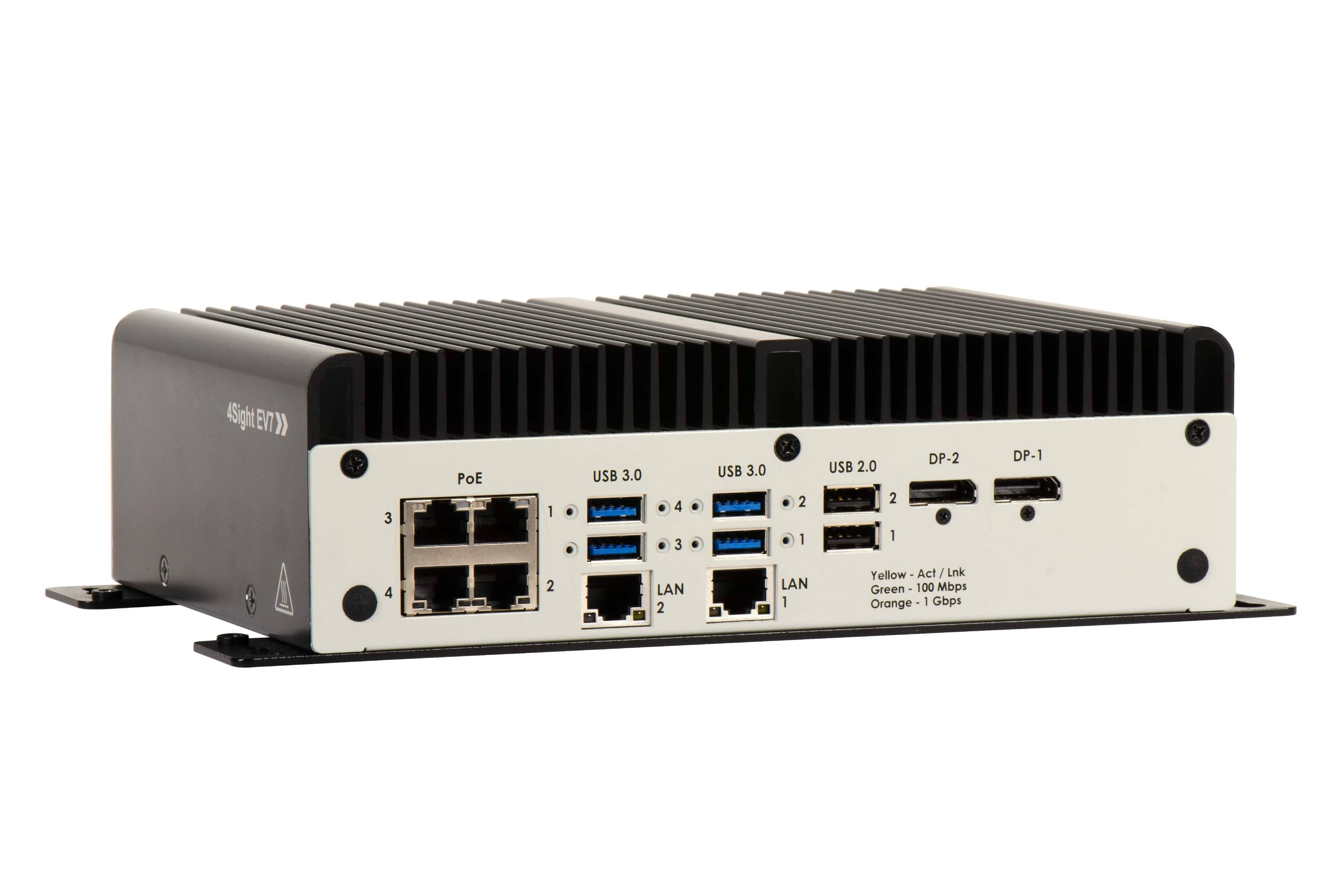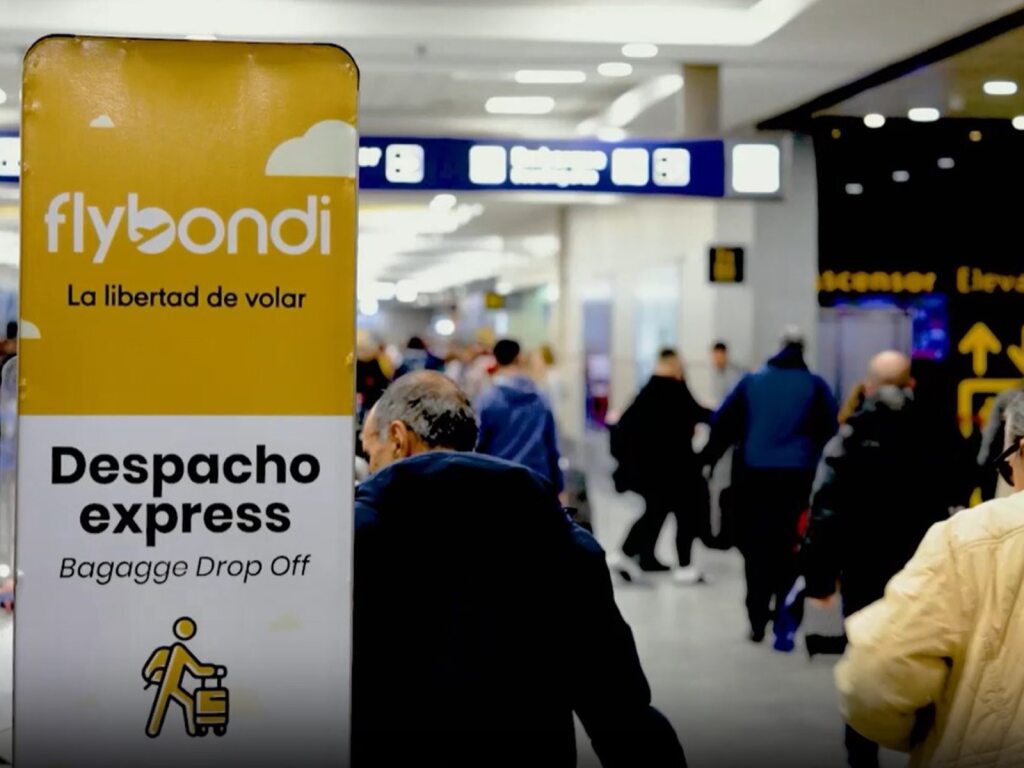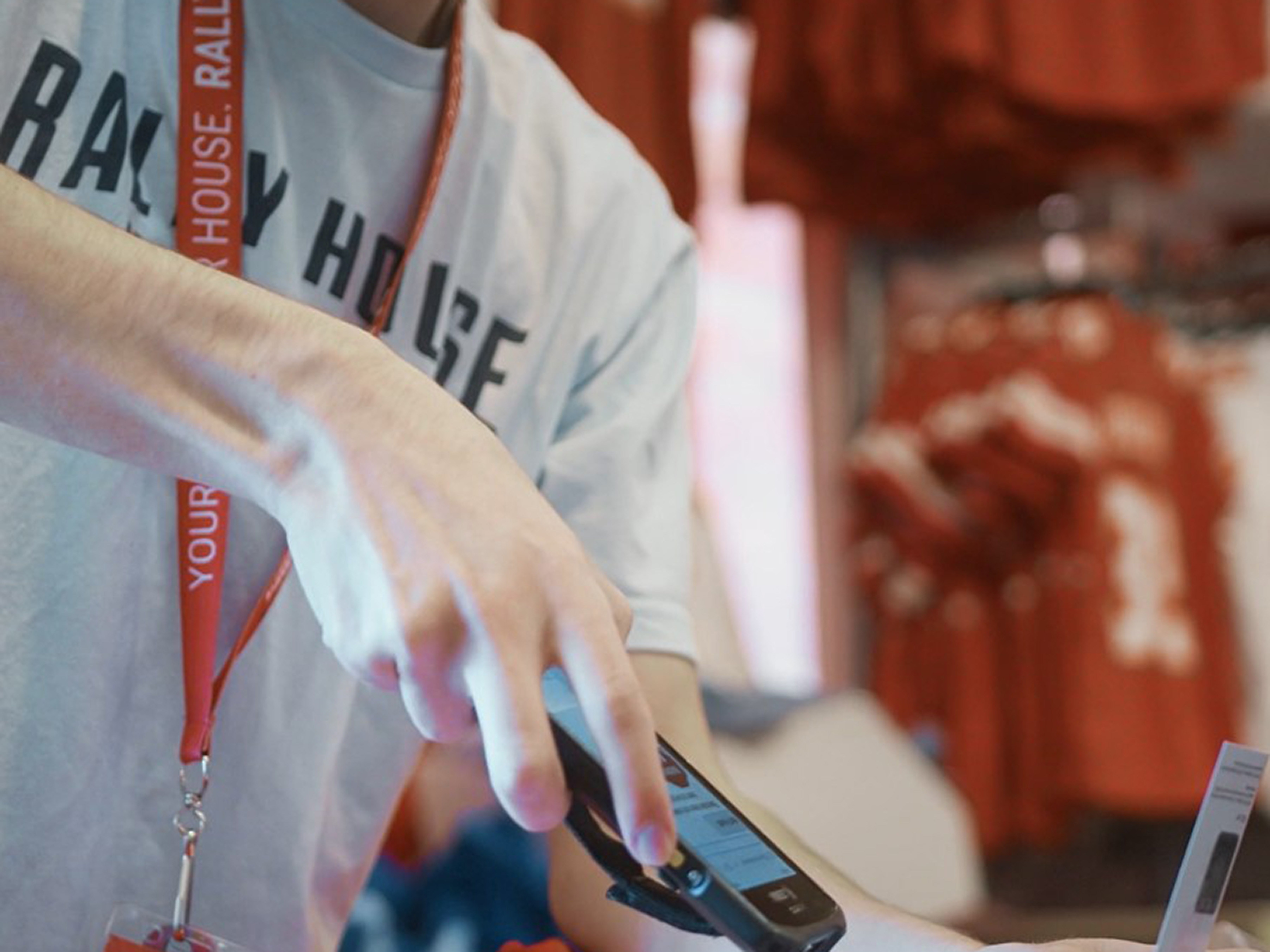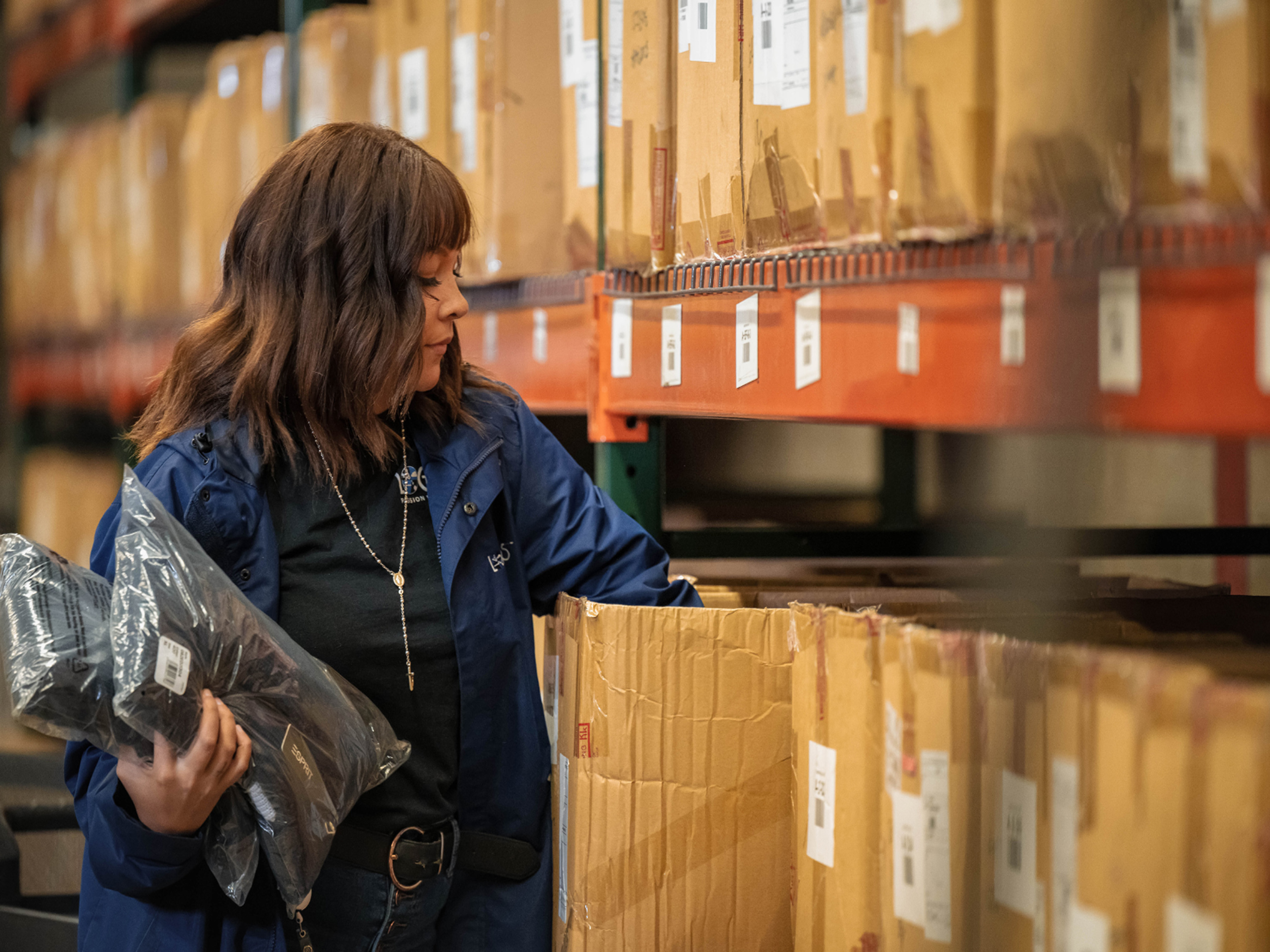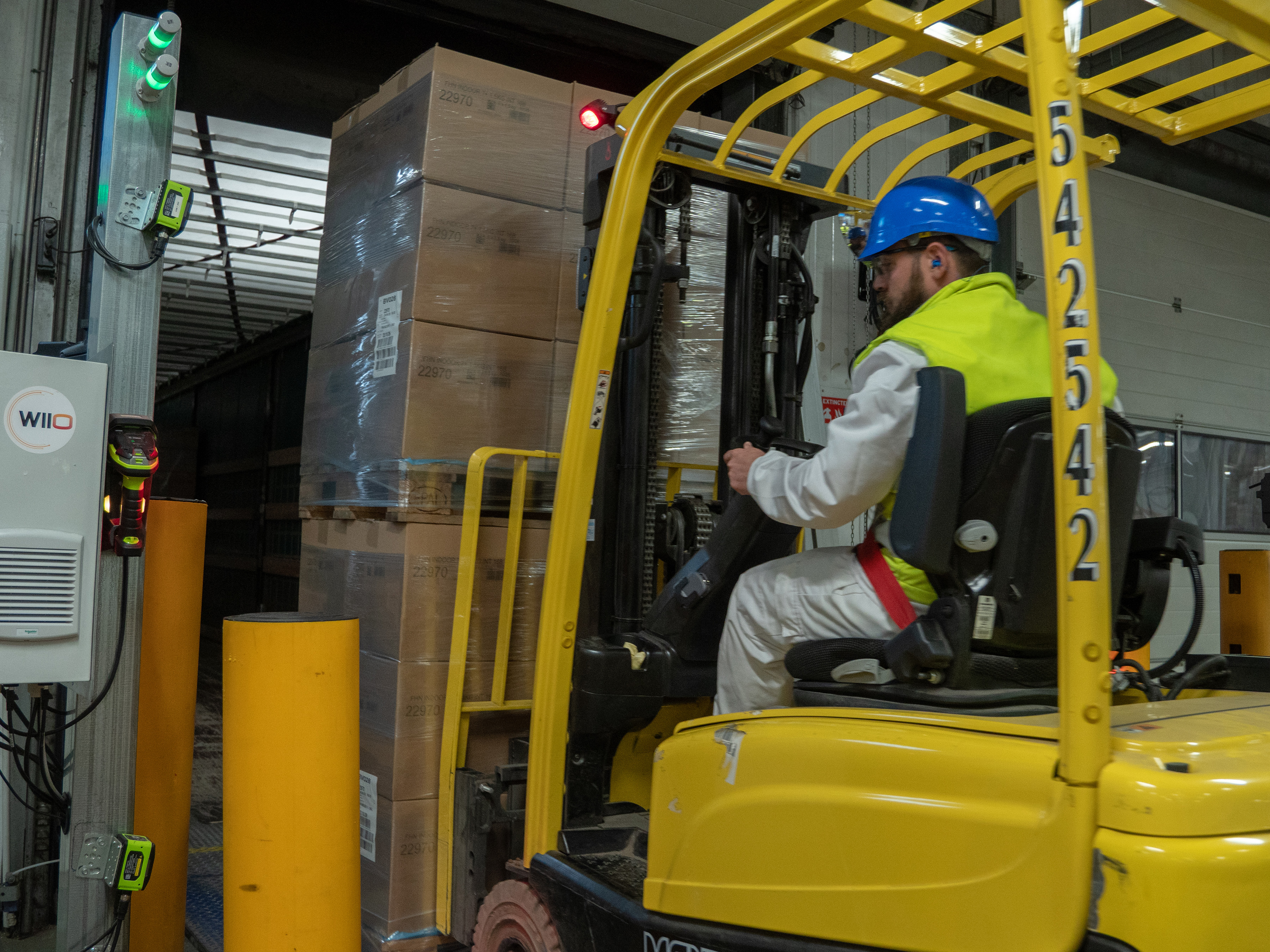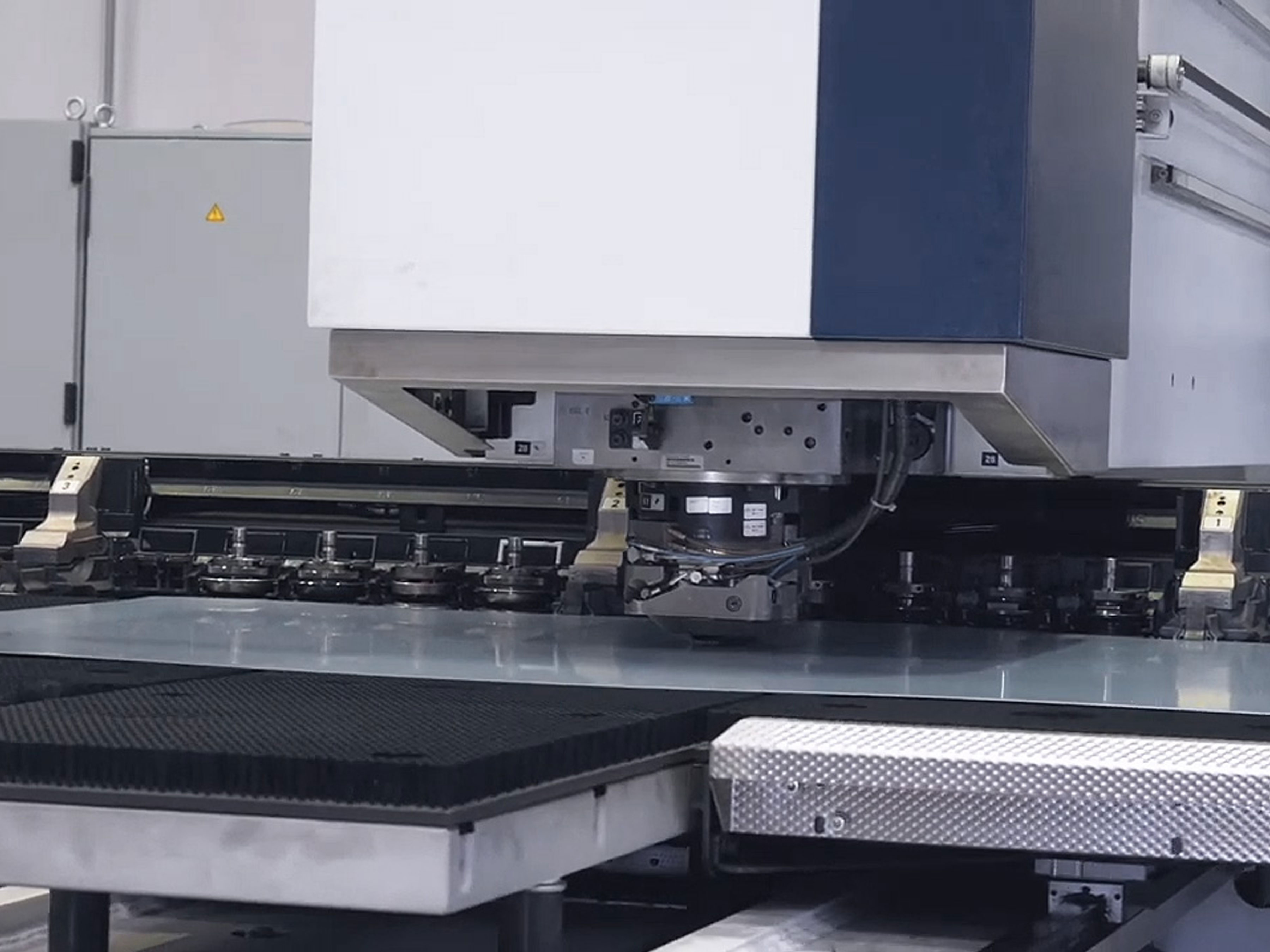
Automated Vision System Helps Hydram Sheet Metalwork Optimise Inspection Process
Hydram Sheet Metalwork is one of the largest sheet metal fabrication companies in Europe. It works with industry leaders in a variety of sectors who need products built to exact specifications since many end up as components in large machinery or automotive parts.
Zebra Success Story: Hydram
Overview: Manufacturing Challenge
Hydram needed an automated vision system that could improve the speed, quality and reliability of the inspection process, particularly for mechanical parts that vary in shape, size and material.
Benefits / Outcomes
- A reliable system that accurately inspects assembled parts in real time
- Streamlined operator interface
- Proof of a successful inspection can be easily provided to customers
- Reduced risk of defective parts
- Ensures better overall product quality
About Hydram
Hydram Sheet Metalwork is one of the largest sheet metal fabrication companies in Europe. Based in County Durham, England, the company provides engineering services that include laser cutting, CNC punching, panel bending and folding, tube laser cutting and tube bending, fabrication, painting and assembly. Supplying metal products, components and precision sheet metal fabrications, Hydram works with worldwide industry leaders in such sectors as transportation, lighting, furniture, earth-moving machinery and white goods. The metal products Hydram produces are built to very exact specifications, with several products ending up as components that are subsequently manufactured into large machinery or automotive parts.
The Challenge
“Prior to installing a new vision system, Hydram relied heavily on visual inspection from shop-floor inspectors,” said Barry Edgar, Quality Assurance Manager. In the automotive sector, inspection of finished or partly finished mechanical assemblies can prove challenging. Parts come in a vast range of shapes, sizes and materials, meaning that a one-size-fits-all vision system would likely not meet the range of demands. Edgar sought out an automated option—one that leveraged machine vision technology so the inspection system would be able to “see”, and therefore inspect the finished assembly in real time—that also provided a streamlined operator interface.
Putting Eyes on the Issue
As Hydram considered several alternatives for automated inspection, it sought out options that would optimise its final-assembly inspection process. A key customer referred Edgar to ClearView Imaging, a Zebra Registered Reseller; the customer spoke highly of ClearView’s vision expertise. Collectively, the relationship between Hydram and ClearView provided the stability and expertise that Hydram wanted as it took on this new challenge.
ClearView recommended the new vision system utilise Zebra products; the hardware and software deliver assured quality and longevity, supported by careful attention to component selection to secure consistent long-term availability. Quality assurance is of utmost importance, and Zebra consistently meets procurement requirements with a comprehensive product lineup backed by a dedicated team of QA specialists.
Prior to installing a new vision system, Hydram relied heavily on visual inspection from shop-floor inspectors.
The Solution
Precise inspection is essential to ensure that the finished final assembly meets Hydram’s highest manufacturing tolerances before delivery to customers. Wanting to enhance its inspection quality, Hydram opted for an automated vision system to improve inspection speed, quality and reliability. The new vision system was installed at the end of the assembly line, conducting the final inspection prior to packaging.
A major component of this vision system is Clearview Imaging’s VisionBox. Based on Aurora Design Assistant software, this flexible solution was designed specifically to replace the complex, time-consuming manual inspection process. VisionBox ensures a consistent user experience regardless of the inspection task; the operator places a finished part at a fixed position in front of the camera(s), selects the appropriate job to run from the interface or by scanning a barcode, then runs the inspection programme with the click of a button.
Hydram’s VisionBox system uses a combination of Aurora Design Assistant’s software tools—Model Finder, Measurement, Metrology, and Code Reading—to perform the required inspections. These development steps are pipelined in the application to locate the part and perform sub-pixel measurements and validation, even when the part presents at an angle. Aurora Design Assistant’s Network Step is used to log each part’s inspection result. The software’s robust toolset yields incredibly accurate and reliable results thanks to the sub-pixel accuracy of the underlying algorithms.
With VisionBox, each scan ensures that the part is found and gauged, its results recorded, and a label printed indicating a Quality Control (QC) pass/fail result. The VisionBox system is cohesive, communicating with the barcode scanner for part/user identification, as well as a label printer to produce the pass/fail labels. It could also integrate with a back-end database. Within this integrated development environment, the programme can be further tuned by operators thanks to the training provided by ClearView Imaging as part of Hydram’s commitment to internal competence.
A Zebra 4Sight GPm Vision Controller powers the entire system, which also comprises FLIR Blackfly® cameras paired with VS Technology (VST) V- and H-series lenses. This scalable system can accommodate from one to 99 cameras, as required.
With no moving parts and no safety zones, Hydram’s vision system is free of any machine safeguarding demands and came together quickly under the oversight of ClearView Imaging’s machine vision engineering team.
Enhancing Operator Oversight
Hydram’s comprehensive vision system begins when an operator loads a part into the inspection cell and scans the barcode, which identifies the part, and triggers the system to load the appropriate job. When the job is set for inspection, operators either press a physical button or tap the touchscreen to begin.
Parts vary in shape and form and some require inspection on both sides. VisionBox prompts the operator to intervene in these instances.
The system will signal to the operator whether the part passed or failed and either automatically print a label to be affixed to the part or indicate the need to re-inspect it. The system operator can also input an override for the failure.
To exemplify its overwhelming quality assurance, Hydram must provide customers with consistently high-quality products that meet their exacting specifications—in terms of measurements and tolerances—and also show evidence that the final assembly products have been successfully inspected by a machine vision system. “For Hydram, this took the form of a barcode that was generated and added to each part the vision system verified,” noted Adam PiechockiBrown, Technical Manager at ClearView Imaging. “This ensured that only parts with the correct barcode would make it into their assembly line and therefore reduce the chance of an incorrect or defective part being utilised. This also provided Hydram operators with the ability to quickly and easily track if they did have an issue with any part on their production line, which supplier and/or batch of parts caused the issue.”
The Zebra Difference: Outcome and Benefits
“The support we have received while developing this product has been outstanding,” says Piechocki-Brown. “When challenges arose, we were able to rely on the product training and support received to quickly resolve issues and ensure that Hydram operators didn’t lose time or get stuck with their development. The solution we came up with was to take Aurora Design Assistant, because it’s a very flexible vision development system, and then to wrap that up as well in a common interface we call VisionBox. That gives customers the flexibility they need because they want to be able to train their own path, so they don’t have to keep coming back to us every time something changes.
Conclusion
As system development was completed, the team at Hydram expressed their appreciation for the ease of use of the Aurora Design Assistant software. The flexible, robust system also features the advantage of longlasting, reliable and readily available machine vision products. “This system enables Hydram to assure its customers that the quality of the parts they receive are the best they can be,” noted Edgar. “It reduces and eliminates the risk of defects escaping our business.” Successful implementation of its new vision system is allowing Hydram to retain key customers and potentially attract new ones as this system provides a higher quality standard and lower risk of defects.
“VisionBox is in continuous development,” PiechockiBrown concluded. “From its initial deployment as a stand-alone system, it now supports multiple systems with shared results and projects, intelligent backup and archiving and will continue to be upgraded to include the latest software and vision controllers.”
Hydram is already investigating the possibility of adding a second vision system—one capable of accommodating larger parts—to its operations. As a modular system, there is considerable flexibility to add and subtract cameras to tackle a variety of inspections. Moreover, as all pieces of the system operate on the same hardware/ software base, expanding the system over time will remain simple, operationally, for the users.
All in all, machine vision helps put the pedal to the metal.

